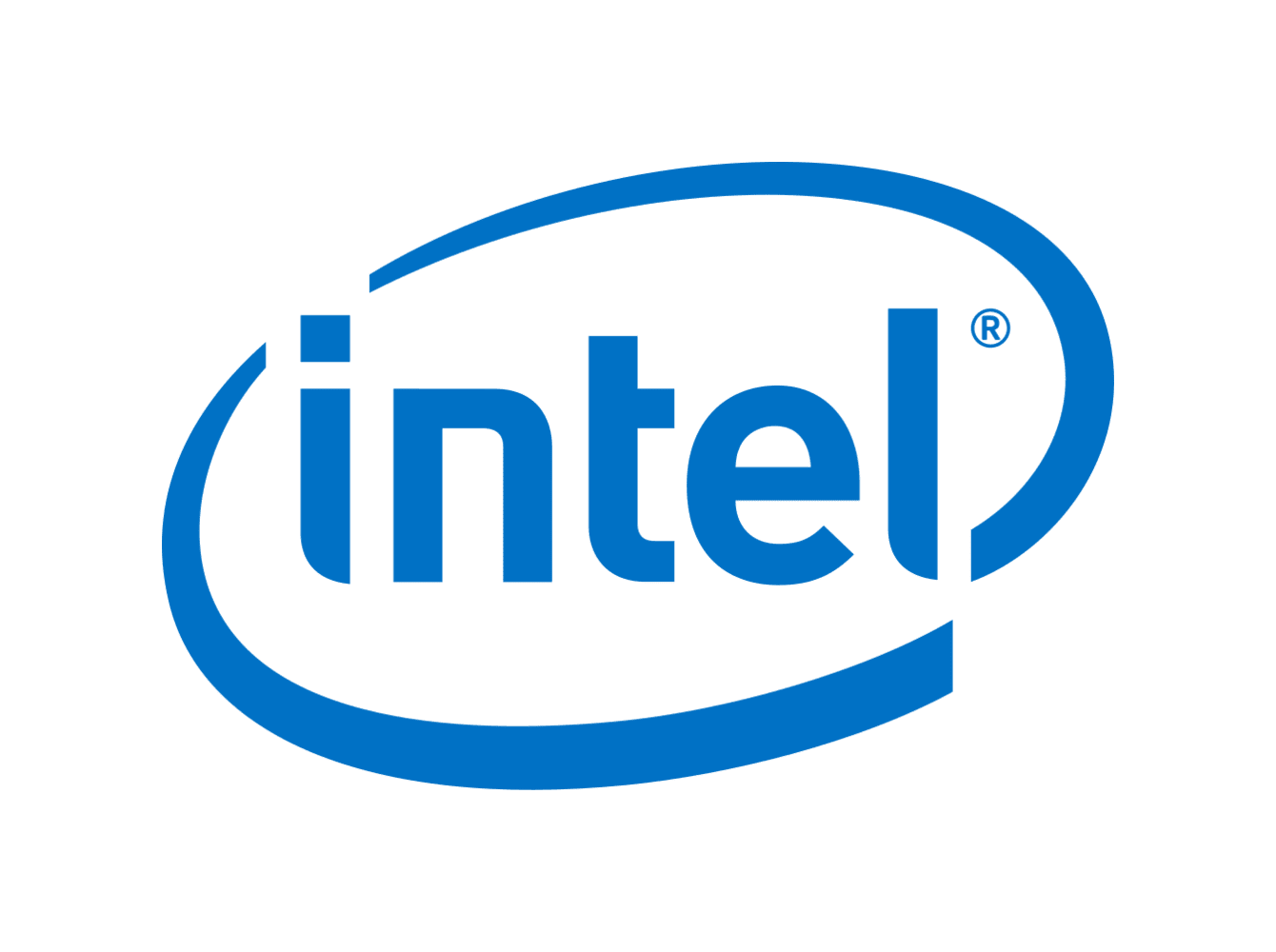
I used to have asus turbo gtx970. It was a bit loud but worked great in a small case.
I now have the gigabyte eagle 3060ti and I accidentally had power limit set to 150W and didn’t even notice anything until I started to look at why it’s so quiet in heavy games. Blower would be very nice for that level of power.

Laptop CPUs typically target around 1W idle. 5W is more typical for the entire system. That results in around 11h battery life.